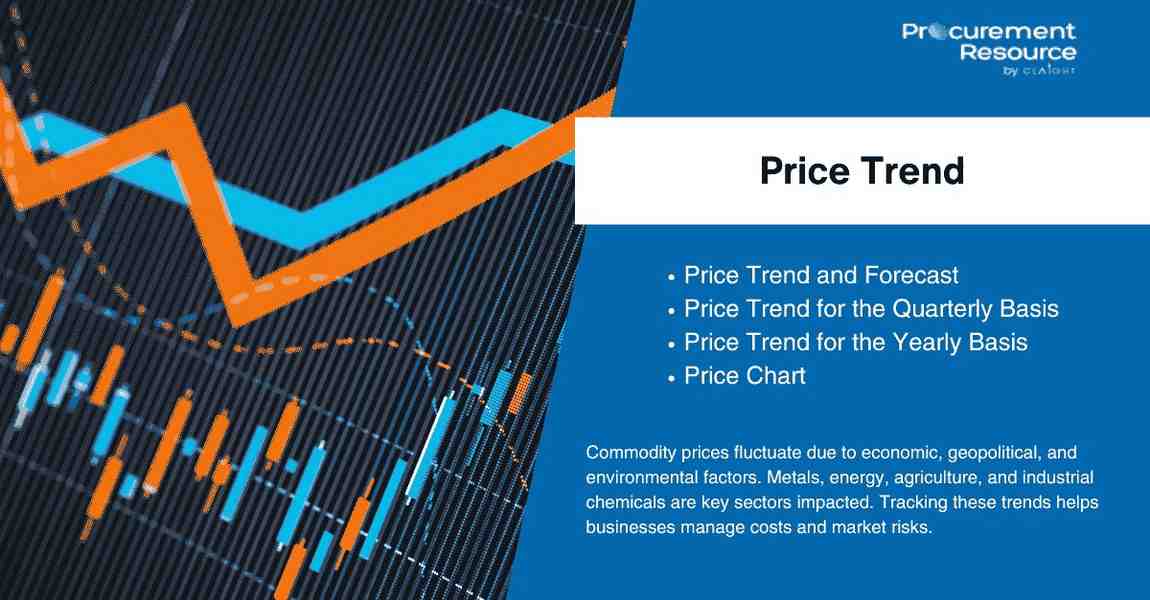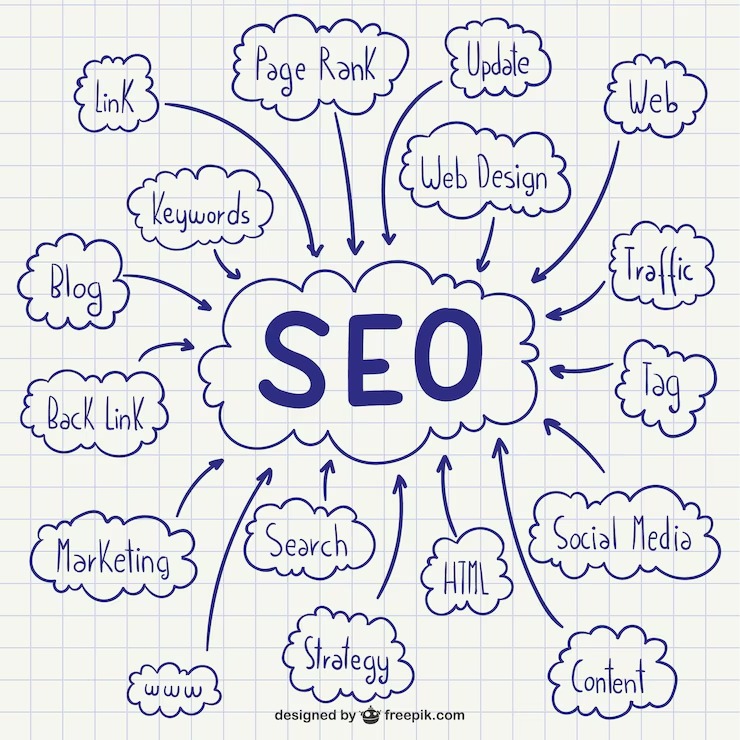In recent years, the Lithium Carbonate price trend has taken center stage in global commodity markets due to its vital role in lithium-ion battery production. As the primary compound used in electric vehicle (EV) batteries, portable electronics, and energy storage systems, lithium carbonate has emerged as a strategic material across global industries.
As such, businesses, procurement professionals, and analysts are closely watching its price movements, which are influenced by a complex mix of supply-demand dynamics, geopolitical tensions, feedstock availability, and technological developments. This article offers a deep dive into the lithium carbonate market landscape, covering price trends, historical data, forecast analysis, regional insights, and strategic sourcing guidance.
Latest Market Overview
In the past year, the lithium carbonate market has experienced heightened volatility. The surge in EV demand during 2021–2022 caused a dramatic spike in prices, pushing lithium carbonate to record highs. However, by 2024 and into 2025, the market entered a correction phase.
As of mid-2025, global lithium carbonate prices have shown signs of stabilization after a sustained downtrend observed in 2023 and early 2024. Factors contributing to this stabilization include:
- A balance between battery-grade lithium demand and upstream spodumene/lithium brine supply.
- Increasing production capacity in regions like South America and China.
- Adjusted procurement strategies from major EV manufacturers to reduce overstocking.
This price realignment is essential for restoring confidence among raw material buyers and battery producers.
Historical Data and Chart Trends
Historical lithium carbonate pricing reveals dramatic shifts:
- From 2020 to 2022, prices increased over 600% due to surging EV demand, supply chain bottlenecks, and underinvestment in lithium extraction infrastructure.
- In 2023, the market saw a strong correction as new mines came online and battery manufacturers reduced orders amid high inventories.
- By 2024, prices continued to normalize, driven by increased output from Argentina, China, and Australia.
Analyzing historical data and price charts over a 5–10 year period shows recurring cycles linked to:
- Seasonal output shifts in brine operations.
- Sudden demand surges from the EV or electronics sector.
- Feedstock-related disruptions such as spodumene shortages or weather-related interruptions in salt flats.
These cycles offer valuable insights for sourcing professionals, especially when visualized through trendlines, moving averages, and region-specific indexes.
Forecast Outlook
Looking ahead, the lithium carbonate price trend is expected to be influenced by several global macro and microeconomic factors. Based on current market analysis, the following forecast elements are noteworthy:
- Supply Growth: With new projects in Chile, Argentina, and China gaining momentum, global supply is projected to grow steadily through 2025–2027.
- EV Adoption Rates: The acceleration or deceleration of global electric vehicle adoption will directly impact demand for battery-grade lithium carbonate.
- Battery Technology Shifts: The rise of alternative battery chemistries like sodium-ion or solid-state may slightly soften long-term lithium carbonate demand, but current projections suggest lithium-ion dominance for at least the next decade.
- Policy Incentives: Government subsidies, mining regulations, and green energy policies in the U.S., EU, and Asia will continue to shape market direction.
Forecast models indicate a moderate price recovery in late 2025, assuming a balanced market with gradual inventory drawdowns and controlled production increases.
Regional Insights and Analysis
Asia-Pacific
Asia remains the largest consumer of lithium carbonate, primarily due to China’s dominance in EV manufacturing and battery production. As of 2025, Chinese lithium carbonate prices have begun to stabilize after intense swings in the past two years. Domestic mining in Qinghai and salt lakes in Tibet are expanding production. However, stricter environmental regulations could cap uncontrolled growth.
South America
Chile, Argentina, and Bolivia (the “Lithium Triangle”) account for a significant share of the global lithium carbonate supply. These countries operate massive lithium brine extraction facilities. While geopolitical factors and water usage concerns sometimes affect output, South America remains a relatively low-cost producer, supporting global supply chain resilience.
North America & Europe
In North America, efforts to boost lithium self-sufficiency are gaining traction. U.S. and Canadian projects are progressing, with support from clean energy legislation. Europe, meanwhile, focuses more on refining and battery manufacturing than raw lithium production. Both regions depend heavily on imports from South America and Australia.
Market Insights: Demand Drivers and Influencing Factors
The lithium carbonate market is intricately tied to the broader clean energy transformation. Key demand drivers include:
- Electric Vehicle Expansion: Automakers’ aggressive electrification targets are pushing long-term demand upward.
- Grid Storage Batteries: As renewable energy scales up, grid-scale lithium battery installations are increasing.
- Portable Electronics: Steady demand from smartphones, laptops, and tablets adds a layer of baseline consumption.
- Government Policies: Initiatives promoting green energy and sustainable transport fuel demand growth.
On the supply side, factors influencing prices include:
- Feedstock Costs: The cost of spodumene and lithium brine extraction affects pricing for refined lithium carbonate.
- Refining Capacity: Bottlenecks in processing raw lithium into battery-grade material can create localized price spikes.
- Weather Events: Flooding or droughts in lithium-rich salt flats can impact annual output.
- Regulatory Constraints: Environmental approvals, water rights, and social license to operate all influence project timelines.
Strategic Use of Procurement Resource Tools
To navigate the complexities of the Lithium Carbonate price trend, buyers and suppliers increasingly rely on procurement resource platforms. These tools provide:
- Daily and weekly pricing updates for industrial and battery-grade lithium carbonate.
- Historical price graphs and regional comparison charts.
- Market commentary and outlook reports.
- Data integration for sourcing teams, allowing automated alerts on price dips.
By leveraging these resources, procurement professionals can:
- Lock in supply at optimal price points.
- Forecast future costs based on feedstock trends.
- Develop long-term agreements that hedge against price volatility.
- Benchmark supplier quotes against market data.
In particular, companies operating in the EV, electronics, and renewable energy sectors use price forecasts to manage inventory levels and control production margins.
Request for the real time prices: https://www.procurementresource.com/resource-center/lithium-carbonate-price-trends/pricerequest
Contact Information
Company Name: Procurement Resource
Contact Person: Ashish Sharma (Sales Representative)
Email: sales@procurementresource.com
Location: 30 North Gould Street, Sheridan, WY 82801, USA
Phone:
UK: +44 7537171117
USA: +1 307 363 1045
Asia-Pacific (APAC): +91 1203185500



